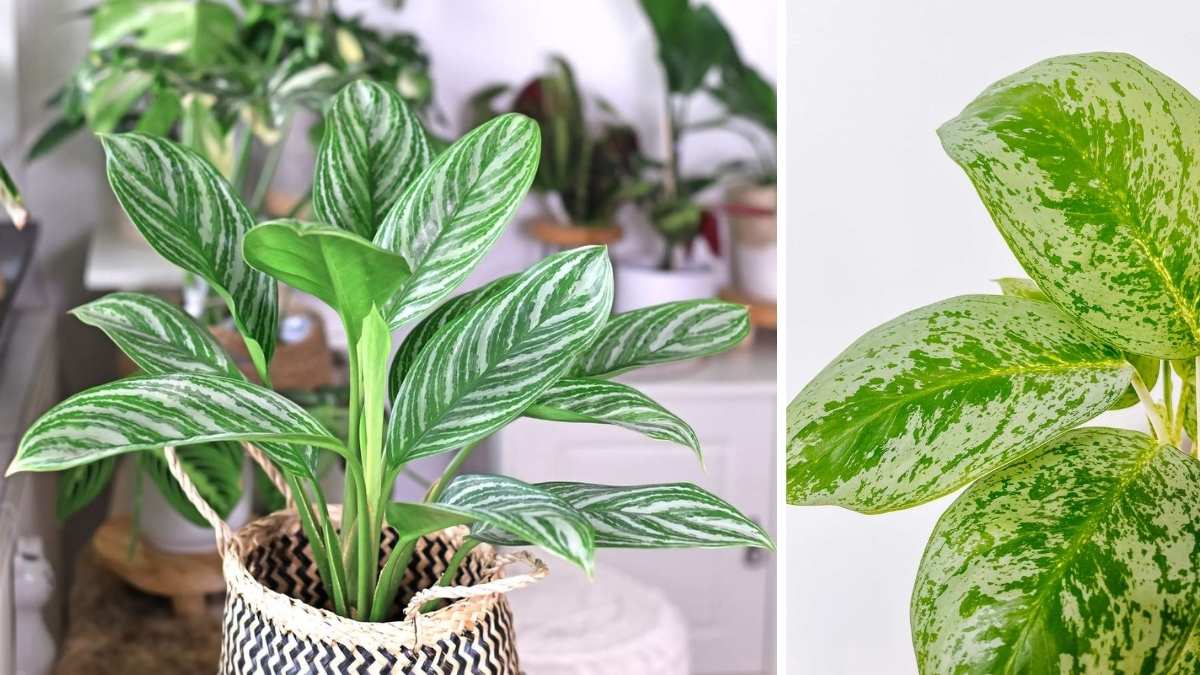The Chinese Evergreen, also known as Aglaonema, is one of the most loved indoor plants around the world. With its striking leaves, easy-care nature, and ability to survive in low light, it’s the perfect choice for both beginners and experienced plant lovers. But even though it’s known for being low-maintenance, your Chinese Evergreen still needs the right care to stay healthy and beautiful.
What Makes Chinese Evergreen a Great Indoor Plant?
The Chinese Evergreen is perfect for beginners because of its resilience and ability to adapt to various indoor environments. With its striking foliage and low light tolerance, it can brighten up any room, even those with minimal sunlight.
Chinese Evergreens are also low-maintenance. They don’t require frequent watering or special fertilizers, making them ideal for busy households or offices. Plus, they can grow in a variety of conditions, which makes them adaptable and forgiving.
Here are nine expert tips to help your plant thrive indoors year-round.
1. Choose the Right Spot
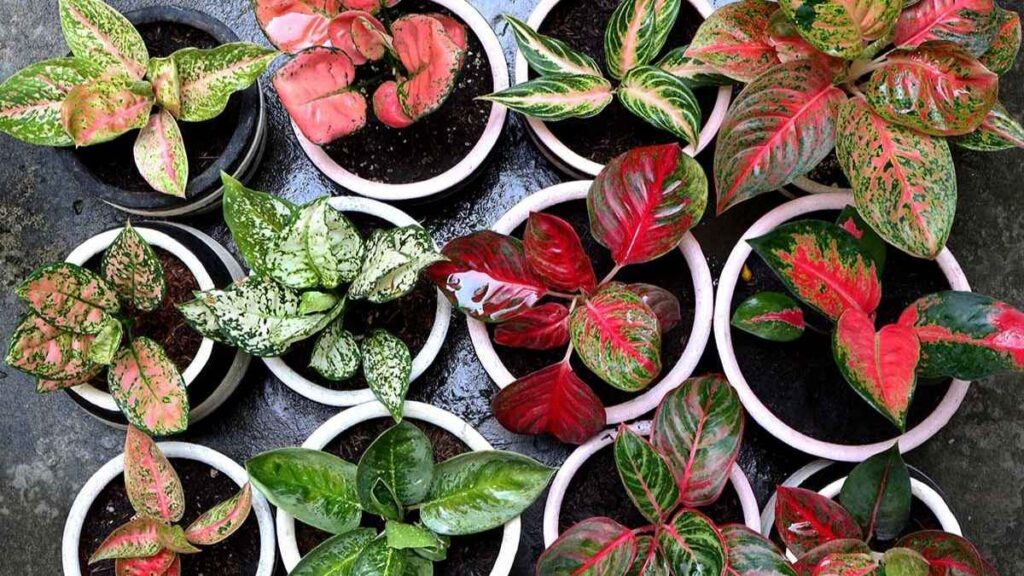
The first step to keeping your Chinese Evergreen happy is finding the perfect place for it. These plants prefer medium to low indirect light, which makes them ideal for offices or rooms without much sunlight. Avoid putting them in direct sun, as harsh rays can burn the leaves. A bright corner or a few feet away from a window is usually perfect. If you notice the colors on the leaves fading, try moving the plant to a slightly brighter spot.
2. Water Carefully
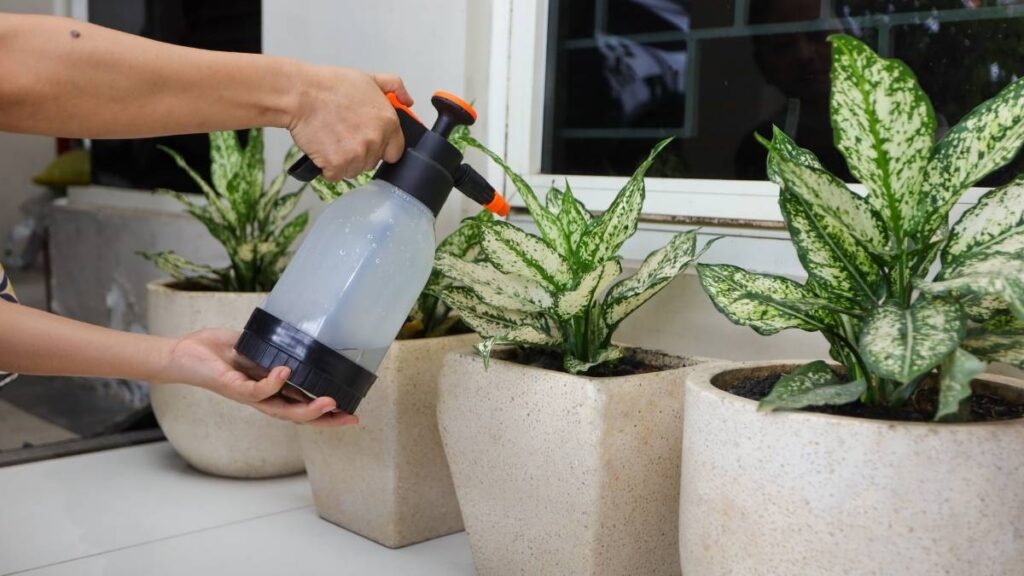
Watering is one of the most common mistakes people make with indoor plants. Chinese Evergreens like their soil to be moist but not soggy. Always check the top inch of soil before watering. If it feels dry, give your plant a drink. Use room-temperature water and make sure the pot has drainage holes to prevent root rot. In winter, you can reduce watering since the plant’s growth slows down during the colder months.
3. Keep the Humidity Right
Chinese Evergreens come from tropical regions, so they love humidity. Dry indoor air, especially in air-conditioned or heated rooms, can make the leaf tips turn brown. To increase humidity, mist the leaves a few times a week or place a tray of water near the plant. You can also group your plants together to create a small humid microclimate. If the air in your home is very dry, using a small humidifier nearby can make a big difference.
4. Use the Right Soil Mix
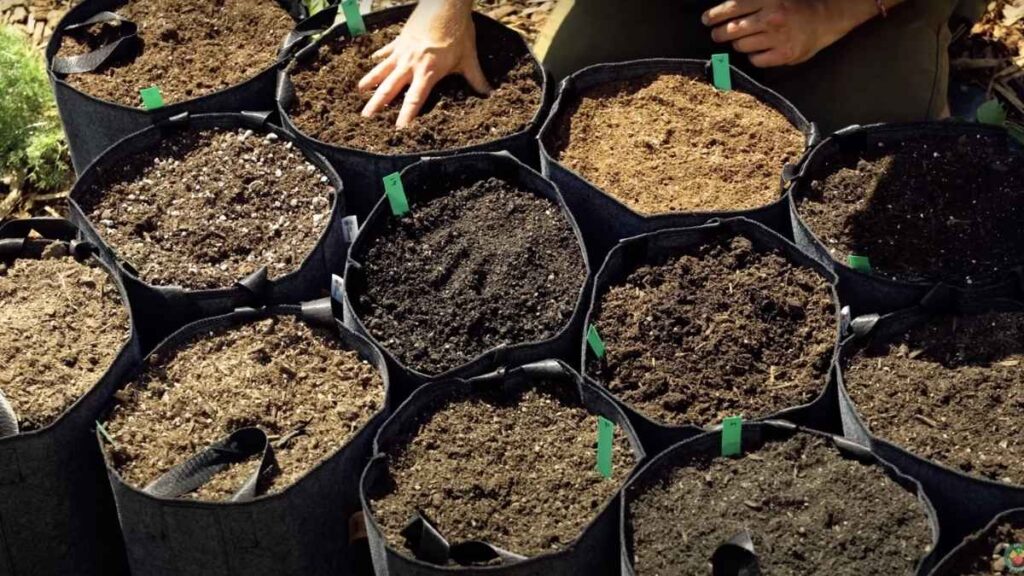
Good soil is key to a thriving plant. Your Chinese Evergreen needs a well-draining mix that holds some moisture but doesn’t stay wet for long. A combination of regular potting soil, perlite, and a bit of peat moss works well. This mix allows air to reach the roots while keeping enough moisture for the plant’s needs. Repot your plant every two to three years to refresh the soil and give the roots more space to grow.
5. Feed It Occasionally
Like all plants, the Chinese Evergreen benefits from a bit of feeding during its growing season, which is usually spring and summer. Use a balanced liquid fertilizer once a month, diluted to half its strength. Avoid over-fertilizing, as too many nutrients can burn the roots and damage the plant. During the fall and winter, you can stop feeding since the plant naturally slows its growth.
6. Wipe the Leaves Regularly
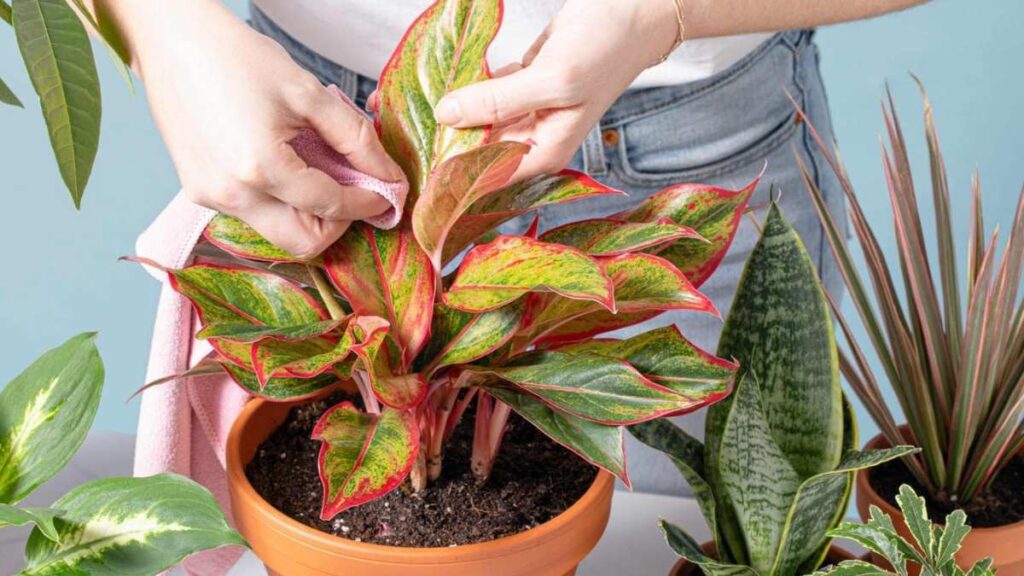
Dust can collect on the wide leaves of a Chinese Evergreen, blocking light and slowing photosynthesis. Every few weeks, gently wipe the leaves with a damp cloth to keep them clean and shiny. This not only makes the plant look more attractive but also helps it breathe better. You can also use a soft brush for delicate leaves to remove dust without damaging them.
7. Keep an Eye on Pests
Chinese Evergreens are generally resistant to pests, but they can occasionally attract mealybugs, spider mites, or aphids. Check the undersides of leaves regularly for small white or brown spots. If you see any pests, wipe the leaves with a mixture of water and mild soap. Neem oil or insecticidal sprays can also help if the infestation is more serious. Keeping your plant clean and not overwatering it can prevent most pest problems.
8. Maintain a Comfortable Temperature
These plants prefer a warm, stable environment. The ideal temperature range is between 18°C and 27°C (65°F to 80°F). Avoid placing your Chinese Evergreen near cold drafts, air conditioners, or heating vents, as sudden temperature changes can cause stress and yellowing leaves. A steady, comfortable indoor temperature helps the plant grow evenly and stay lush.
9. Propagate and Prune When Needed
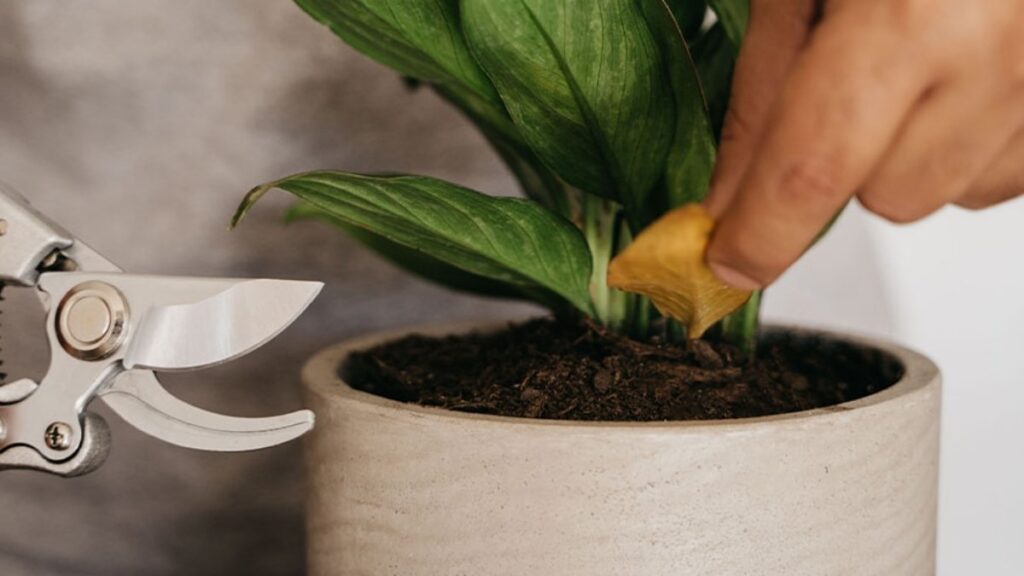
As your Chinese Evergreen grows, you may notice older leaves yellowing or drooping. Trim these off to keep the plant neat and encourage new growth. Pruning also helps the plant use its energy more efficiently. If you want to multiply your plant, propagation is easy. Cut a healthy stem with at least one node and place it in water or moist soil. Within a few weeks, roots will begin to form, and you’ll have a new baby plant to grow or share.
Final Thoughts
Caring for a Chinese Evergreen is simple once you understand its needs. This hardy plant rewards you with beautiful patterned leaves and long-lasting greenery, even in low light. With proper watering, occasional feeding, the right humidity, and a little attention, your plant will stay vibrant for years. Remember, consistency is key small regular care routines work far better than sudden fixes.
Whether you place it in your living room, bedroom, or office, the Chinese Evergreen will add a touch of natural calm and beauty to your space. Follow these nine expert tips, and you’ll enjoy a healthy, thriving plant that brightens your home every day.

